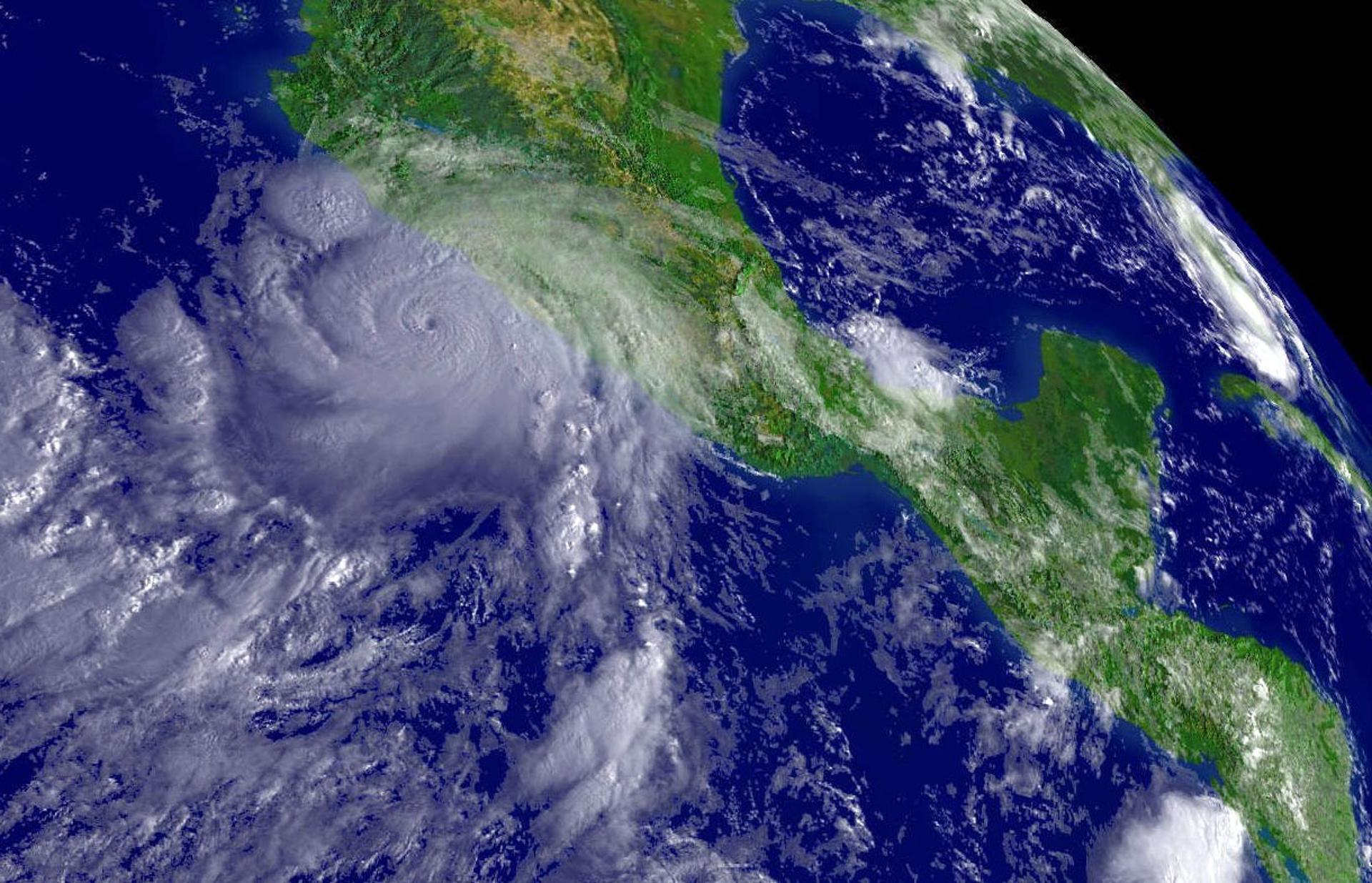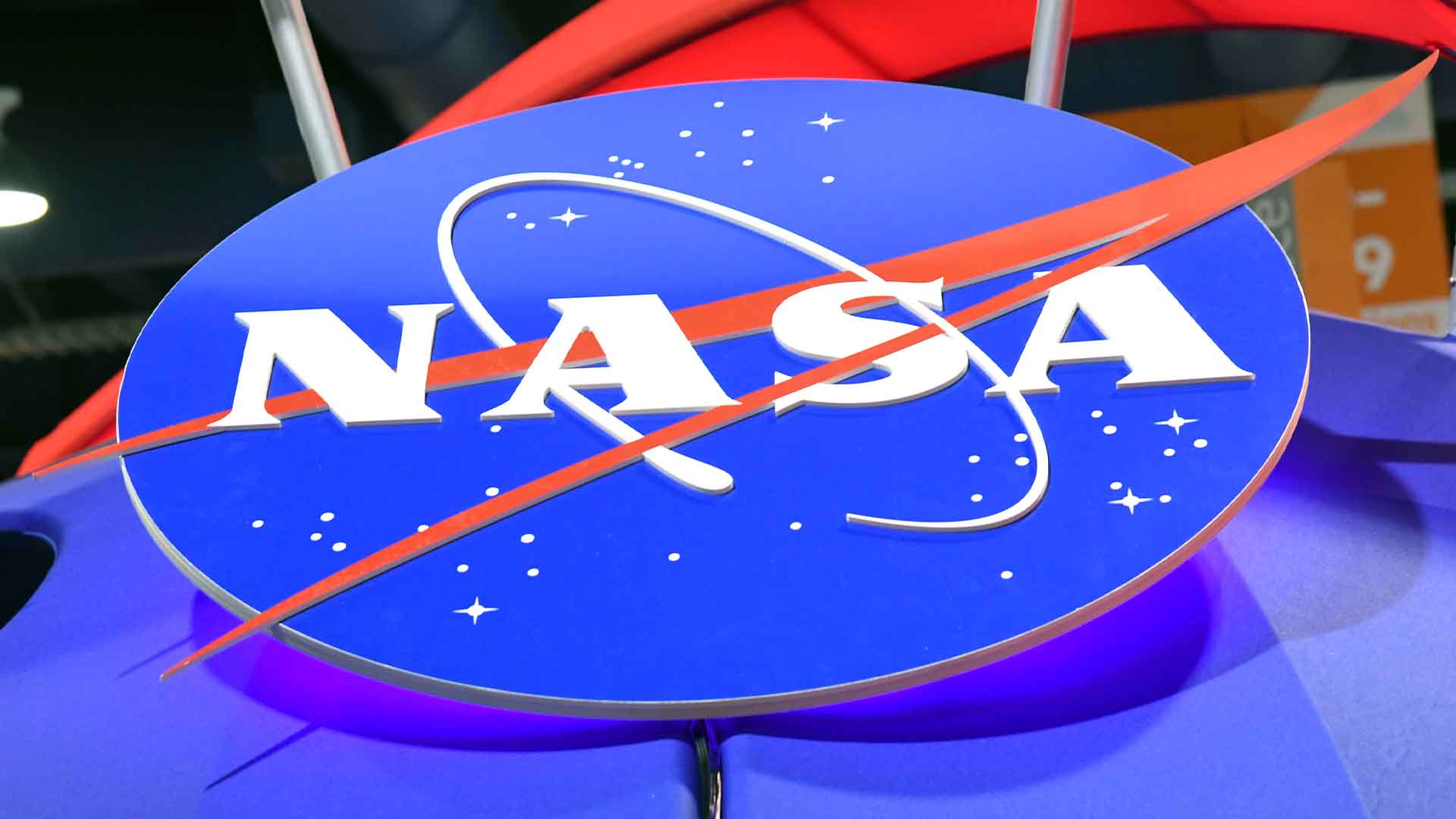NASA Discovers Invisible Field Surrounding The Earth
An international team of scientists from NASA and various other institutions has made a groundbreaking discovery: they have identified a weak, planet-wide electric field enveloping Earth.
This significant finding was detailed in a recent study published in the prestigious journal Nature. The researchers utilized data from NASA’s Endurance mission, which played a crucial role in confirming the presence of this elusive electric field.
Details of the Endurance Mission
The discovery was made possible through observations from the Endurance mission, a suborbital rocket that was launched in May 2022. The rocket achieved an impressive altitude of 477 miles, during which it meticulously measured minute changes in electric charge.

Source: Getty Images
This data was essential for identifying the so-called “ambipolar electric field,” which has significant implications for understanding Earth’s evolution.
Historical Hypothesis and Scientific Challenges
The concept of this energy field was first proposed by scientists in the late 1960s. At that time, spacecraft crossing Earth’s poles detected an unusual outflow of charged particles, known as the “polar wind.”

Source: Wikimedia
These particles, despite traveling at supersonic speeds, were surprisingly cold, which puzzled scientists and led to the hypothesis of an underlying electric field.
Glyn Collinson’s Insights
Glyn Collinson, the lead author and principal investigator of the Endurance mission, addressed the historical puzzle in a recent NASA statement. “Something had to be drawing these particles out of the atmosphere,” he remarked.

Source: Ethan Miller/Getty Images
The challenge of detecting this electric field had persisted due to technological limitations, which the Endurance mission finally overcame.
Strategic Launch Location
To detect the hypothesized electric field, the Endurance rocket was launched from Svalbard, an archipelago located a few hundred miles from the North Pole. This location was chosen because it provided the optimal conditions for observing the polar wind and measuring the electric field.

Source: Wikimedia
Coauthor Suzie Imber, a space physicist from the University of Leicester, explained, “Svalbard is the only rocket range in the world where you can fly through the polar wind and make the measurements we needed.”
Sensitive Instrumentation
The rocket was equipped with an instrument designed to be extraordinarily sensitive to subtle changes in electric potential. “A half a volt is almost nothing—it’s only about as strong as a watch battery,” Collinson noted.

Source: Freepik
“But that’s just the right amount to explain the polar wind.” This high level of sensitivity was crucial for detecting the weak electric field that had eluded scientists for decades.
Findings on Particle Movement
The team’s measurements revealed that particles were being ejected into space at supersonic speeds, experiencing an outward force more than ten times the strength of Earth’s gravity.

Source: Wikimedia
These findings provided critical evidence supporting the existence of the ambipolar electric field. The discovery enhances our understanding of the forces at play in Earth’s upper atmosphere.
Impact on Earth’s Ionosphere
The scientists propose that the ambipolar electric field may play a role in augmenting the outer edge of Earth’s ionosphere.

Source: Wikimedia
The ionosphere is a protective barrier of electrons that shields the planet from much of the Sun’s radiation. Understanding this electric field’s role could offer new insights into the dynamics of Earth’s atmospheric protection.
Implications for Other Planets
The research also hints at the potential presence of similar electric fields around other planets, such as Venus and Mars.

Source: Getty Images
The team suggests that any planet with an atmosphere could possess an ambipolar electric field. “Any planet with an atmosphere should have an ambipolar field,” Collinson stated, underscoring the broader implications of their discovery.
Future Research Directions
With this new understanding of Earth’s ambipolar electric field, researchers can now investigate how such fields might influence other planetary bodies.

Source: Wikimedia
This discovery opens up new avenues for studying the electric fields of distant planets and their roles in planetary evolution. The findings could also impact future missions and research in planetary science.
Broader Implications for Planetary Science
The identification of the ambipolar electric field could significantly advance our knowledge of planetary atmospheres and their interactions with space weather.

Source: Wikimedia/Canva
The ability to measure such fields may lead to new discoveries about how planetary atmospheres are shaped and maintained. This could enhance our search for potentially habitable planets beyond our solar system.
Conclusion and Next Steps
The Endurance mission’s successful detection of Earth’s ambipolar electric field marks a major milestone in planetary science.

Source: Wikimedia
The results provide a new perspective on the electric forces at work in our planet’s upper atmosphere and potentially on other worlds. The ongoing research will continue to explore the implications of this discovery for both Earth and distant planets.
